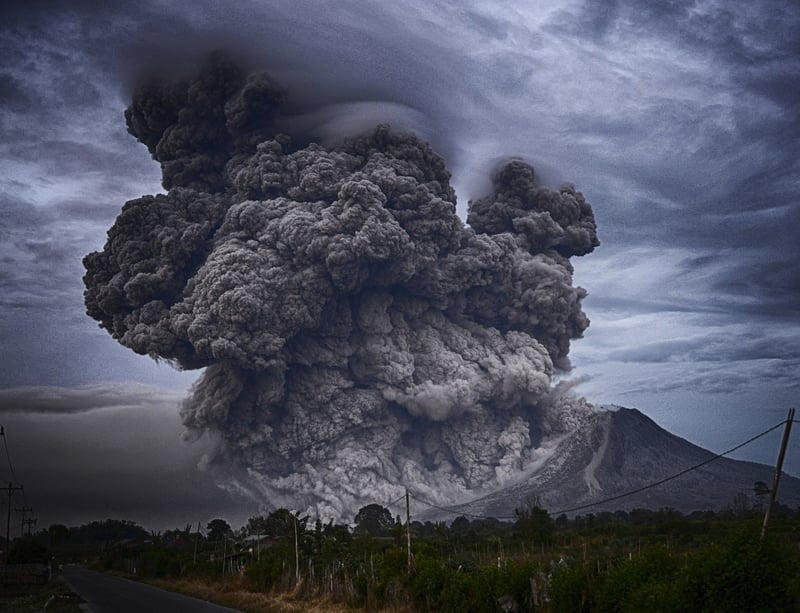Natural Disasters
Staying Prepared for Natural Disasters
Natural disasters can strike at any time, often without warning, and being prepared can make a significant difference in ensuring your safety and that of your loved ones. Whether it's a hurricane, earthquake, flood, wildfire, or any other natural calamity, having a plan in place can mitigate risks and help you navigate through challenging times.
Create an Emergency Kit
One of the first steps in disaster preparedness is to assemble an emergency kit. This kit should include essential items such as:
- Water (1 gallon per person per day)
- Non-perishable food items
- Flashlight and extra batteries
- First aid supplies
- Medications
- Personal hygiene items
- Cash
- Important documents (copies of IDs, insurance policies, etc.)
Develop a Communication Plan
During a natural disaster, communication networks may be disrupted. Establish a communication plan with your family or household members. Decide on a meeting place, have emergency contact numbers handy, and consider alternative methods of communication such as text messages or social media.
Stay Informed
Keep yourself informed about potential disasters in your area. Sign up for emergency alerts, monitor weather updates, and stay tuned to local news. Knowing what's happening can help you make timely decisions and take necessary actions.
Prepare Your Home
Secure heavy furniture, appliances, and objects that could become hazardous during a disaster. Know where and how to shut off utilities like gas, water, and electricity. Consider fortifying your home against specific risks like earthquakes or hurricanes.
Practice Evacuation Drills
Regularly practice evacuation drills with your family. Familiarize yourself with evacuation routes and have a plan for your pets. Being prepared to evacuate quickly and efficiently can save precious time in an emergency.
Conclusion
Being prepared for natural disasters is crucial for your safety and well-being. By creating an emergency kit, developing a communication plan, staying informed, preparing your home, and practicing evacuation drills, you can increase your resilience in the face of adversity. Remember, preparedness is key to effectively dealing with natural disasters.

Image source: Pixabay
